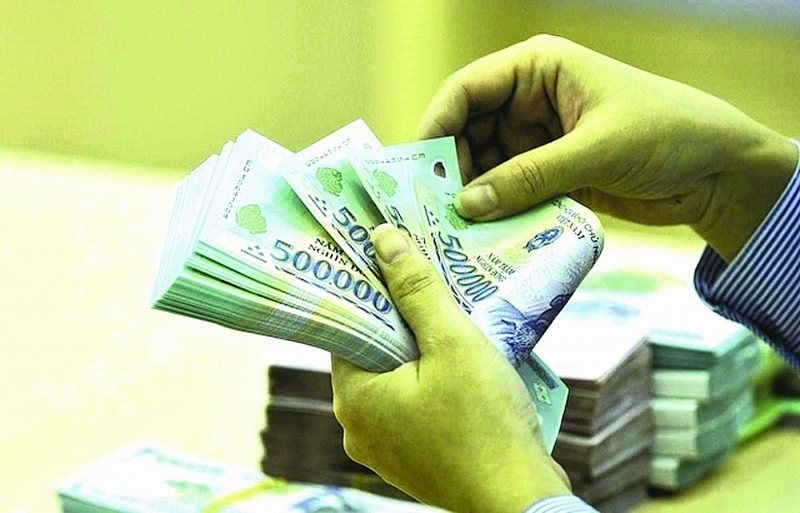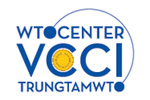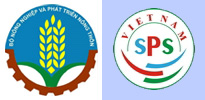
Many countries tighten monetary policy to cope with inflation andexpand credit to support the economy during the recovery period. This makes the management of monetary policy, including the interest rate issue of the State Bank of Vietnam (SBV), facing the problem of continued flexibility or tightening.
International pressure
Since the beginning of the year, the US Federal Reserve (FED) has raised interest rates three times. The last time in mid-June, the FED raised the basic interest rate by 0.75 percentage points - an increase of 0.75 percentage points, the most in nearly 30 years. Immediately after the above action of the Fed, a series of central banks of other countries also made similar decisions.
According to the SBV's statistics, in 2021 there were only 113 interest rate hikes globally, then from the beginning of 2022 to mid-June 2022, the world had 144 interest rate hikes. In addition, many forecasts show that the FED may increase interest rates by 1.9% from now until the end of the year, therefore, interest rates may increase to 3.4% by the end of this year, possibly up to 3.4% by the end of this year, 3.8% in 2023, and before maybe declining in 2024.
Experts said that the Fed and many central banks around the world raised interest rates mainly to control inflation. The US inflation rate has increased to 8.6% over the same period last year, the highest in 40 years and is expected to continue to increase until the end of the year.
In Vietnam, according to the General Statistics Office, in the first six months of the year, the consumer price index (CPI) increased by 2.44% over the same period, core inflation increased by 1.25%. However, the SBV also said that inflation pressure in the second half of the year and 2023 is very large, due to the high openness of the economy. Responding to a question from a recent National Assembly member, Governor Nguyen Thi Hong said that in the first five months of 2022, the State Bank's interest rate management was under great pressure from outside, but the base interest rate level was improved. stable, increasing only 0.09% compared to the end of 2021.
Up to this point the State Bank has not made a clear move on tightening or continuing to maintain the loosening monetary policy, but the SBV has made a "strong hand" move in the open market. According to a report by SSI Securities Company, the State Bank is continuously issuing bills to attract money from the banking system, with an estimated scale of VND70,000 billion by the end of June 2022. This is said to be a move to reduce the excess amount of money that commercial banks are accumulating but cannot lend because the credit room has "run out". Notably, in this regulation round, the State Bank did not fix the issuance interest rate like the previous ones, but used the form of interest rate bidding. Excess liquidity in the system makes the interest rate only 0.7%. The overnight VND interbank rate has doubled, from 0.3-0.4% to 0.6-07% after this move.
SSI experts believe that the withdrawal of VND through the T-bill channel will partly narrow the gap between VND and USD interest rates, thus easing pressure on VND and helping the SBV have room to operate in the medium term. According to SSI, recent moves of the State Bank on open market operations, foreign currency buying/selling and credit ceiling have leaned more towards monetary tightening although still need to be observed further.
Maintaining the same operating interest rates
In the above context, domestic experts have talked a lot about the fact that the SBV may have to implement a tight monetary policy by raising operating interest rates in the near future.
According to a research team at HSBC, the situation of high and prolonged energy prices will continue to push up overall prices, causing Vietnam's inflation to sometimes exceed the ceiling of 4% in the second half of 2022. With this situation, HSBC is predicted that the SBV may have to increase interest rates by 0.5 percentage points in the third quarter of 2022, before raising interest rates three times, each time by 0.25 percentage points in 2023.
Maybank Kim Eng Securities Company (MBKE) also believes that the State Bank will tighten monetary policy by increasing the operating interest rate by 0.5 percentage points to maintain moderate growth. However, this scenario could play out in the last months of 2022. According to MBKE, an increase of 0.5 percentage points will bring the refinancing rate to 4.5%, a level that remains relevant by calendar standards. Historically, when compared with this rate before the pandemic until February 2020, it was 6%.
Experts of VnDirect Securities Company said that the SBV will make efforts to maintain the "appropriate" monetary policy, not hurry to tighten the policy immediately to support the recovery of the economy and stabilize the market. The reason is that inflation in the first half of 2022 is still much lower than the Government's target of 4%. Moreover, domestic demand is still weak and has not fully recovered to pre-pandemic levels. SBV still prioritizes the goal of maintaining low lending rates to support businesses and the economy's recovery. Therefore, VnDirect said, if there is any increase in operating interest rates this year, it is likely to happen in the fourth quarter of 2022 and the increase (if any) will be limited, about 0.25-0.5 percentage points.
The assessment report of UOB also said that the SBV has enough capacity to keep the operating interest rate stable to support economic recovery efforts. UOB expects the current refinance rate at 4% and the rediscount rate of 2.5% to remain at this record low until at least the end of 2022. However, with the move of more drastic in monetary tightening from the Fed, the SBV will be able to start the interest rate hike cycle from the second quarter of 2023 or earlier, if the growth momentum continues and external risks are reduced.
Despite facing many such forecasts, the SBV was quite "calm". Talking to the press recently, SBV Deputy Governor Dao Minh Tu affirmed that the SBV will continue to stick to the goal of flexibly managing monetary policy and proactively operating open market operations, to ensure liquidity. Regarding interest rate management, the SBV continued to keep the operating interest rates unchanged despite the pressure from the trend of monetary easing and increasing interest rates globally, in order to create favorable conditions for credit institutions to access financial resources.
Of course, the SBV's statement is reasonable when Vietnam's economy is on a good footing, thanks to impressive GDP growth, low inflation, record-high foreign exchange reserves, and a surplus. Moreover, according to experts, Vietnam has no monetary inflation factor, because of very little direct cash support. The economic recovery package of VND350,000 billion is only a small part of monetary support, and is tightly controlled by the SBV in the total annual credit growth limit.
It can be seen that, in the last six months of the year, the biggest pressure on monetary policy is inflation, but it is also necessary to control the cash flow in the right direction, flowing into production and business. Therefore, Dr. Can Van Luc and the authors of the BIDV Training and Research Institute recommend that management agencies continue to operate monetary policy proactively and flexibly with scenarios when there is a change in monetary policy of the major central banks in the world; well coordinated with fiscal policy, ensuring the stability of interest rates and exchange rates, contributing to curbing inflation according to the target; continued financial market transparency measures, bringing firm confidence to investors.
Source: VCN
Keywords: monetary policy, bankcurrency, credit



















